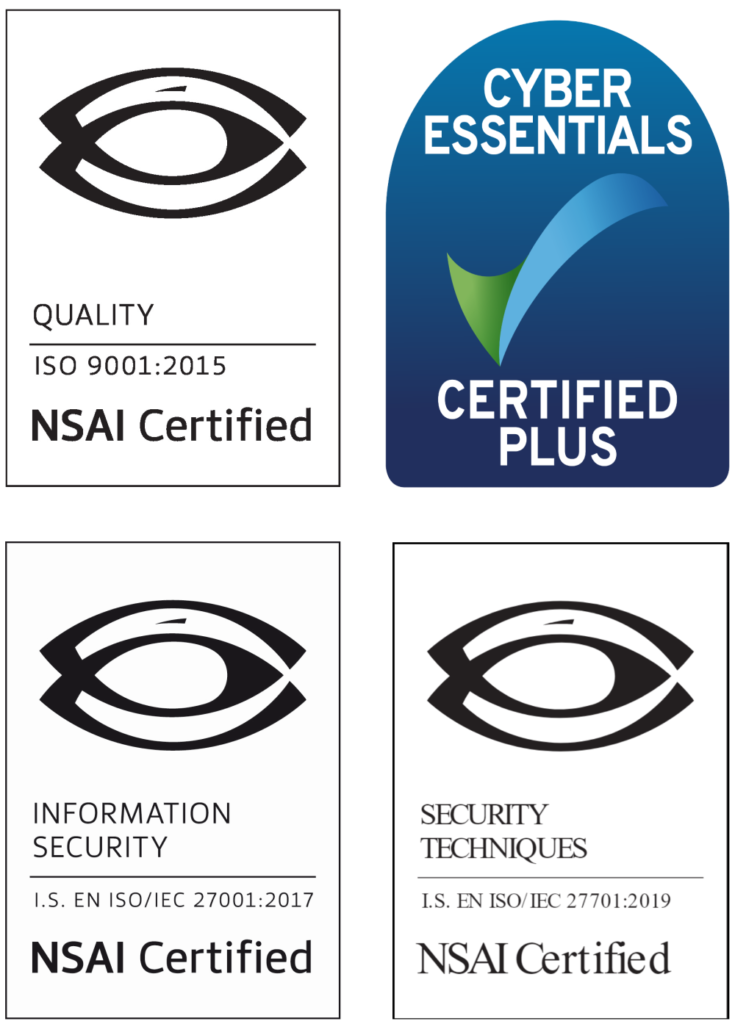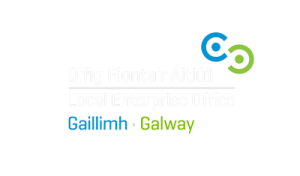“Do I really need to control this document?” is a question that everyone asks about their quality system. The words “document control” when it comes to ISO 9001 certification are incredibly important. It is the core process which determines whether or not your Organisation will achieve or maintain compliance in a specific sector.
Clause 4.4 Quality Management Systems and its processes requires an organization to: “Maintain documented information to the extent necessary to support the operation of processes and retain documented information to the extent necessary to have confidence that the processes are being carried out as planned.”
ISO 9001 standard in relation to the Quality Management System (QMS) is straightforward, each organisation decides what documents they need to create (procedures, process, policies and templates forms) and control. All the documented information that forms part of the QMS has to be controlled in accordance with clause 7.5 Documented information.
If your organisation decides not to control documents, your business will not only have a reduced chance of getting the quality certification but will also lack Organisation.
Why should an Organisation control documents?
Without proper control finding the right document can be difficult resulting in a chaotic work environment. Imagine if your employee searches for a document or for information for 10 minutes per day (try to calculate how much time you devote every day to searching for documents or information, by yourself… you will be surprised). If data quality is poor due to lack of version control or duplication, time is lost as staff work out what information they can trust.
Getting control of documents (including details of changes to the document, the reason for changes, revision numbers, approval cycle, etc.) means that you ensure that the document always contains the correct information and is the most up-to-date one.
To ensure smooth operation companies have to take the necessary steps to strengthen the document control process for themselves.
Document Control simply keeps processes “in check” and it’s about getting your house in order and the culture of quality.
When you started…
I’m sure you remember the good times when you started with NSAI standard, when you were managing just a few documents. But as your company grew and ISO standards evolved, your document control process started requiring more attention and suddenly you have to manage hundreds of documents…

What does your current control of documents process looks like?
It’s significantly harder to keep your paperwork in order and keep track of everything if your current process is manual, time-consuming, requires the involvement of the number of people, and is paper-based. It’s not a matter of if there will be an error, it’s simply a matter of when.
Not so long ago our internal process for control of documents and document change request was like this. Reviewing documents, approval cycle and implementing changes were taking a good amount of time and because we implemented second NSAI standard, ISO 27001 in 2017 there has been significant increase in the number of quality documents and documents change request.

Figure. Escalation of DCR process in MAPS.
We wanted to make our life easier, improve our current (then) process so we used Lean Six Sigma principles to help us better understand our document controls and change request process.
We knew that our problem could be solved in many ways and before directly jumping in with a solution we asked ourselves where exactly the problem was. We used methods like the TIMWOOD seven wastes to find the root cause of the problem. At that point, we didn’t know that we would end- up moving from paper-based system to a software application.
We set ourselves the targets which we were planning to achieve.

Figure. MAPS target for improving document controls, change request process.
It was a big step for us! We built ourselves a Document Control Portal (DCP) software solution which helped us better manage and control documents, information quality system and saved us from inefficient error-prone practices.
Thanks to our internal technical solution (DCP) we have noticed that:
> document control issues decreased for us
> we improved the way we manage our quality documents
> we eliminated option of missing and misclassification of documents
> we have complete revision history, including revision dates and the identities of editing parties
> we have effective safeguards against unauthorised revisions, deletion, or alteration of records
> we have audit trails
> we also minimised our administrative tasks
> we maximised ROI with productivity from day one
Get control of documents by being sure that the information at hand is the most up-to-date one.
Call one of our team on +353 91 395 668 or email: sales@mapsirl.com. A team member will get back to you within 24 – 48 hours.







